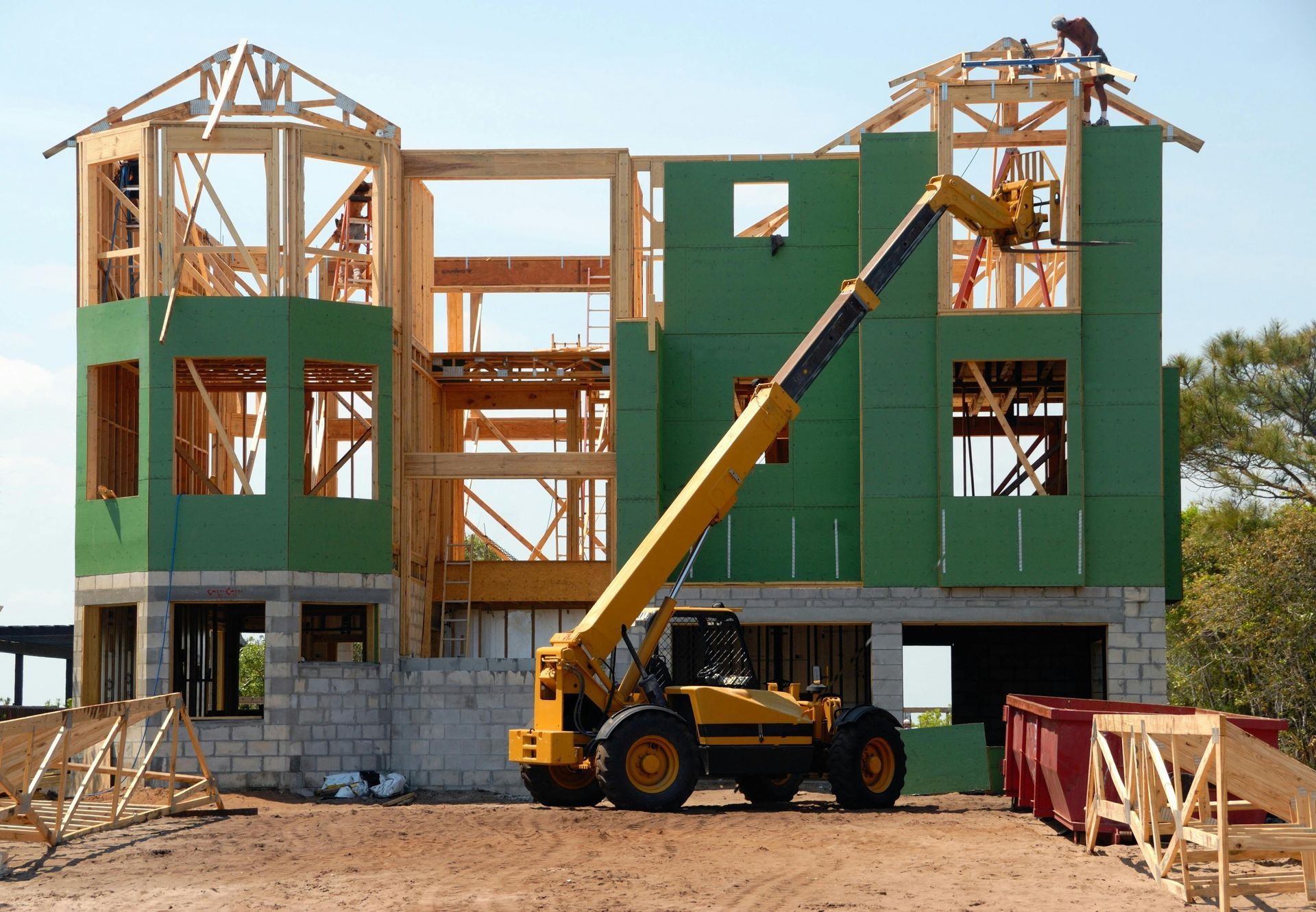DSCR vs Conventional Loan: Which Mortgage Wins?
DSCR vs Conventional Loan: Which Option Fits Your Investment Strategy?
When evaluating the best financing option for an investment property, understanding the key differences between a DSCR loan and a conventional loan is essential. Both loan types serve different purposes and are suited for varying borrower profiles, making your choice a crucial step in maximizing returns and long-term cash flow.

What Is a DSCR Loan?
DSCR loans (Debt Service Coverage Ratio loans) are designed specifically for real estate investors. Instead of relying on personal income verification, DSCR lenders look at a property's ability to generate rental income to cover its debt obligations.
If your rental property's monthly income meets or exceeds the required DSCR ratio (typically 1.0 or higher), you may qualify for the loan regardless of your personal income. This makes DSCR loans especially popular as Airbnb loans—used by short-term rental investors to finance properties based on projected nightly income rather than tax returns.
How DSCR Loans Work for Investor
Because they focus on property cash flow rather than borrower income, DSCR loans are especially appealing for self-employed investors or those with multiple properties. However, these loans often come with higher interest rates compared to conventional mortgages, due to their non-traditional approval standards.
Understanding Conventional Loans
Conventional loans are the most common type of mortgage and are backed by government-sponsored entities like Fannie Mae and Freddie Mac. These loans are best suited for borrowers who can fully document their income, have strong credit, and maintain a low debt-to-income ratio. Because of these requirements, conventional loans typically offer lower interest rates and more favorable terms.
They’re commonly used for primary residences, second homes, or investment properties—provided the borrower meets the qualifying criteria. This type of loan works well for individuals with a stable financial profile who can meet the documentation and underwriting standards set by traditional lenders.
Loan Qualification Requirements: DSCR vs Conventional
With conventional financing, borrowers must often meet stricter qualification standards, including income verification, W-2s or tax returns, credit history, and employment records. In some cases, rental income from the property can be considered, but only if it’s well-documented.
Key Differences Between DSCR and Conventional Loans
The biggest difference in the DSCR vs conventional loan decision lies in the underwriting process. DSCR loans center on property-based cash flow, while conventional loans are borrower-centric and involve detailed financial scrutiny.
Here’s a breakdown:
- DSCR loans: Based on rental income; no personal income needed
- Conventional loans: Based on borrower’s income and credit
- DSCR loans: Flexible qualification; good for self-employed investors
- Conventional loans: Stricter standards but lower interest rates
How Investment Property Goals Shape Financing Decisions
Your strategy for an investment property heavily influences which loan product makes sense. DSCR loans can help fund multiple rental properties quickly, while conventional options are suited for slow-growth, lower-risk investments.
The Role of Rental Income in Property Loans
DSCR loans put rental income front and center in the approval process. This is ideal for properties already generating cash flow or newly acquired rentals expected to perform well.
DSCR or Traditional: What Works for You?
Both DSCR and conventional loans have their place. If your finances are strong, a conventional loan may save you money long-term. If you're building a portfolio and need speed or flexibility, DSCR is likely the better choice.
When Income Verification Becomes a Barrier
Income verification requirements in conventional mortgages can delay approvals or disqualify investors. DSCR loans skip these hurdles, making them practical when traditional paperwork is hard to provide.
Exploring Alternatives to Conventional Loans
Beyond DSCR and conventional financing, options like hard money loans or bank statement loans exist—but they often come with higher interest or shorter terms. DSCR loans balance flexibility with sustainability.
Balancing Risk with Higher Interest Rates
DSCR loans typically have higher interest rates to compensate lenders for the lower documentation requirements. Consider whether the speed and ease of closing are worth the extra cost.
What Lenders Look for in Real Estate Financing
DSCR lenders focus on property cash flow, while traditional lenders prioritize credit history, employment, and income. Knowing what lenders value can help you better prepare your financing strategy.
Tailoring Financing to Fit Your Property Portfolio
Mixing DSCR and conventional loans lets investors diversify their approach. Use DSCR for quick acquisitions, and conventional for stable, long-term holdings.

From Hard Money to DSCR: A Shift in Strategy
What changed?
Hard money loans were once the go-to option for real estate investors needing fast capital. They offered speed and flexibility—but often at a high cost, with short terms and steep interest rates.
Who is making the switch?
Today, experienced and emerging investors alike are shifting away from hard money in favor of
Debt-Service Coverage Ratio (DSCR) loans. These borrowers are typically focused on building long-term rental portfolios and maximizing cash flow.
Why the shift?
DSCR loans offer more sustainable terms—longer repayment periods, lower interest rates, and no personal income documentation. Instead of basing approval on the borrower’s personal finances, lenders look at the property’s ability to generate income. This allows investors to scale without being limited by traditional underwriting constraints.
When does it make sense?
The shift becomes especially attractive
after an investor has stabilized their property or is looking to exit a hard money bridge loan. It's also ideal when you want to free up personal income to qualify for other deals.
Where do these loans work best?
In markets with strong rental demand and income-producing properties, DSCR loans provide a practical path to scale
Cash Flow Matters: Choosing the Right Structure
Why it matters:
Cash flow is the lifeblood of any real estate investment strategy. The structure of your financing—its payment terms, rate, and approval criteria—directly impacts how much cash flow your property can generate and retain.
What’s the difference?
DSCR loans focus solely on how much net income your property earns, rather than your personal financial profile. This structure
unlocks the ability to qualify based on the asset itself, which is a major shift from the traditional lending model.
How it helps investors:
If you're prioritizing passive income, reinvestment opportunities, or aggressive portfolio growth, a DSCR loan structure allows you to scale faster and more efficiently. It also reduces the financial strain on your personal credit and income statements.
Long-Term Planning with the Right Mortgage Mix
Who should consider their options?
Any investor planning to hold properties long-term, refinance out of short-term debt, or build a scalable portfolio should carefully weigh their loan options.
Why it matters:
Conventional loans offer stability, low rates, and long-term savings—but only if you can meet the full documentation and credit requirements. DSCR loans, on the other hand, provide access and flexibility when cash flow is the stronger part of your financial story.
When to choose what:
- Use conventional loans when you have strong W-2 income, a high credit score, and are buying a property that qualifies under standard underwriting.
- Use DSCR loans when your property performs well financially, and you want to qualify based on rental income rather than personal tax returns.
What’s the best approach?
Often, it’s not an either/or decision. A
mixed strategy—using conventional loans for your first few properties, then leveraging DSCR loans to expand—can give you both cost-efficiency and scaling power.
Where does this lead?
A well-structured mortgage mix positions you for long-term success, better cash flow, and strategic growth, no matter what the market throws your way.






